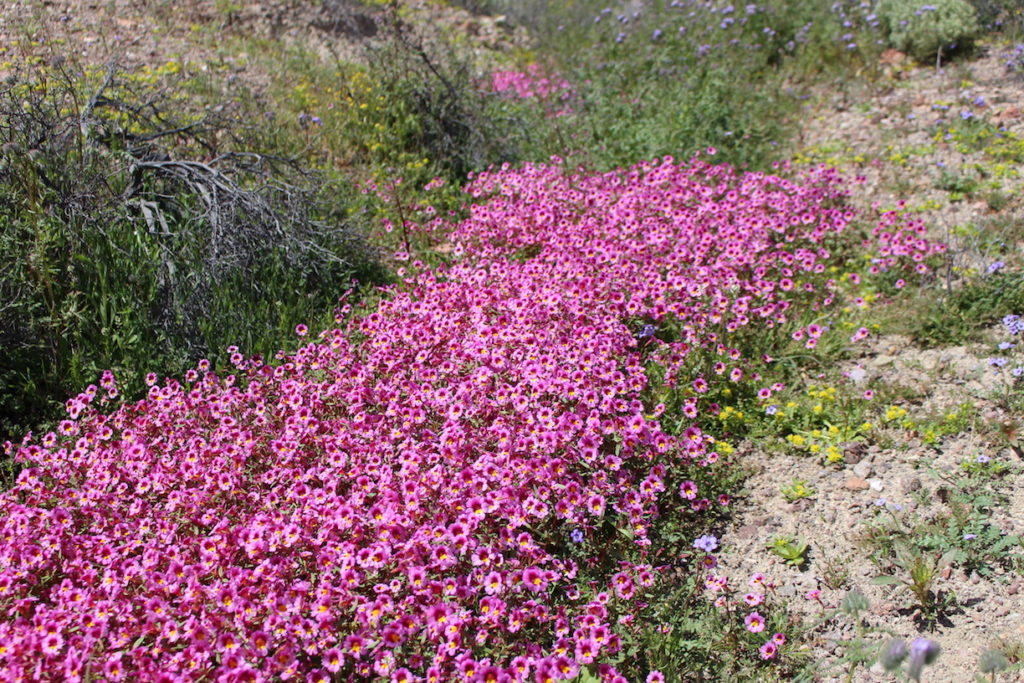Conservation Champion: Naomi Fraga, Ph.D.
In recognition of her outstanding conservation and advocacy efforts on behalf of the rare plants of California, we are thrilled to award Dr. Naomi Fraga the 2021 CPC Star Award. The award honors an individual who demonstrates the concern, cooperation, and personal investment needed to conserve our imperiled native plants. Dr. Fraga’s commitment to the conservation of rare and endangered plants is a model to the CPC network and the conservationists of tomorrow, and an asset to the flora of the United States of America. Congratulations, Dr. Fraga!
Congratulations on being awarded the CPC Star Award! Are there any remarks you’d like to share in response to receiving this reward?
I am so deeply honored to receive this award! Working in the field of plant conservation is rewarding in itself, but it is also wonderful to be recognized for the painstaking work. It’s a dream to work for the California Botanic Garden where the institutional mission aligns with my passion of conserving plants of my home state. I am so incredibly thankful to have this opportunity to work in service of plants, and also to work with brilliant and talented botanists, horticulturalists, and restoration professionals.
What has it meant to you to be a member of the CPC network? How has CPC supported your work?
Being a part of the CPC network is incredibly enriching. It is a great opportunity to network with colleagues working on similar issues, but in different parts of the country. The CPC Officers area huge inspiration to me. I have learned so much from them and I am in awe of their dedication to plant conservation. Seeing what everyone is working on really lifts my spirits and keeps me moving each year I attend the [National Meeting]. They are not only the heart of plant conservation in the U.S., but they are also the boots on the ground making things happen. It’s the best network around!
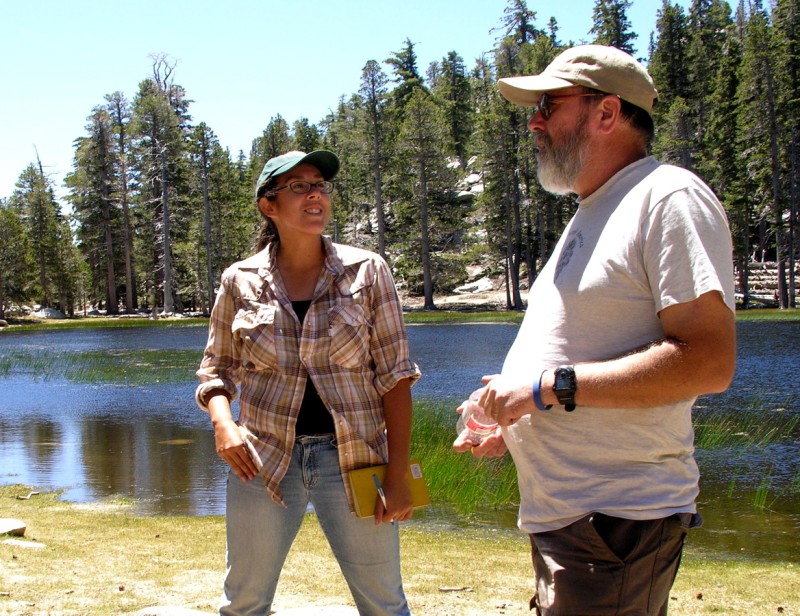
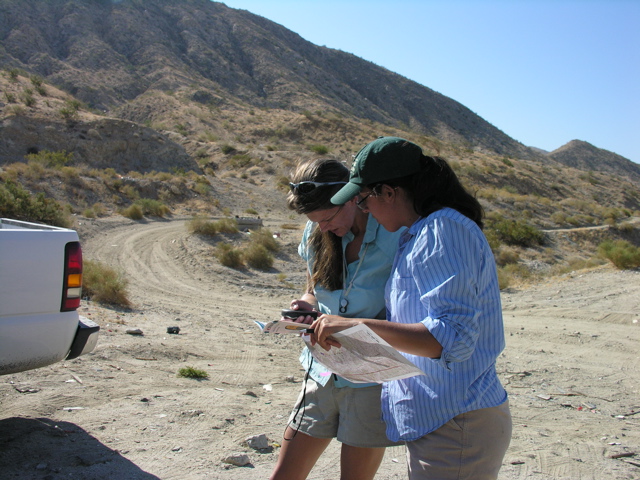
When did you first fall in love with plants?
This is a very hard question to answer. I don’t think there is a person on this planet who doesn’t love plants, but I think some might just not recognize it yet. Plants are a vital part of our everyday lives and I think we, as humans, are born with a natural affinity for them. So while I have always been in love with plants, my relationship has only deepened working with them day-to-day as a botanist, to the point where they are now one of the greatest loves of my life. If I could pinpoint the first time I recognized my love for plants, it would probably be when I was in high school and my parents allowed me to remove a patch of lawn to put in a diverse flower garden. I loved caring for those plants!
What was your career path to Director of Conservation Programs?
My career path very clearly blossomed the day I set foot on the grounds of the California Botanic Garden (CalBG). I was a biology major at a local university (Cal Poly Pomona), and I wanted to find a volunteer opportunity related to my major. I spoke to the herbarium curator and he asked if I like plants. I shrugged and thought, well sure, I like plants. On my first botanical field trip with CalBG I remember being quite decisive that I was going to commit myself to becoming a botanist. This required that I come up to speed in several areas because I had never hiked, camped, or identified plants before. It turns out I had a knack for plant identification! I went on to complete an M.S in Botany where I learned about getting around in the backcountry. I found myself working as a field botanist for a couple of years before returning to grad school for my PhD in Botany. After receiving my doctorate in Botany in 2015, I became the Director of Plant Conservation Programs at CalBG. It’s been one big, spectacular journey and 20 years of learning and growing at CalBG.
What advice do you have for newcomers to the field of plant conservation?
I think it’s important to realize that work in plant conservation finds its strength in the community. Working in diverse partnerships at many levels (regionally, nationally, and internationally) strengthens the work of any one individual. I have found that my most rewarding work has been as part of a team working towards a common mission, whether it be within my own institution or across institutions. Finding the spirit of community and working in partnership will help carry your work farther.
What is one of the biggest challenges to conducting your plant conservation work?
I feel one of the largest challenges in plant conservation is often having to make the case that plants are essential and their conservation is relevant to all communities on earth at multiple spatial scales–from unique microhabitats to diverse and thriving ecosystems that are inclusive of human communities. Plants are undervalued; ensuring their conservation priority with the limited resources currently available is by far the biggest challenge in my mind.
The CPC Star Award specifically recognizes your contributions to conserving theHidden Lake bluecurls–please share some highlights from that work.
Working on Hidden Lake bluecurls was a great conservation success because, it was a collaborative effort with my colleagues Ken Kietzer (California State Parks) and Jonathan Snapp-Cook (U.S. Fish and Wildlife Service). We had a shared commitment to advancing conservation of this species and we leveraged limited resources to build a comprehensive conservation program, that includes the highest level of habitat protection afforded by the state of California, seed banking, and monitoring.
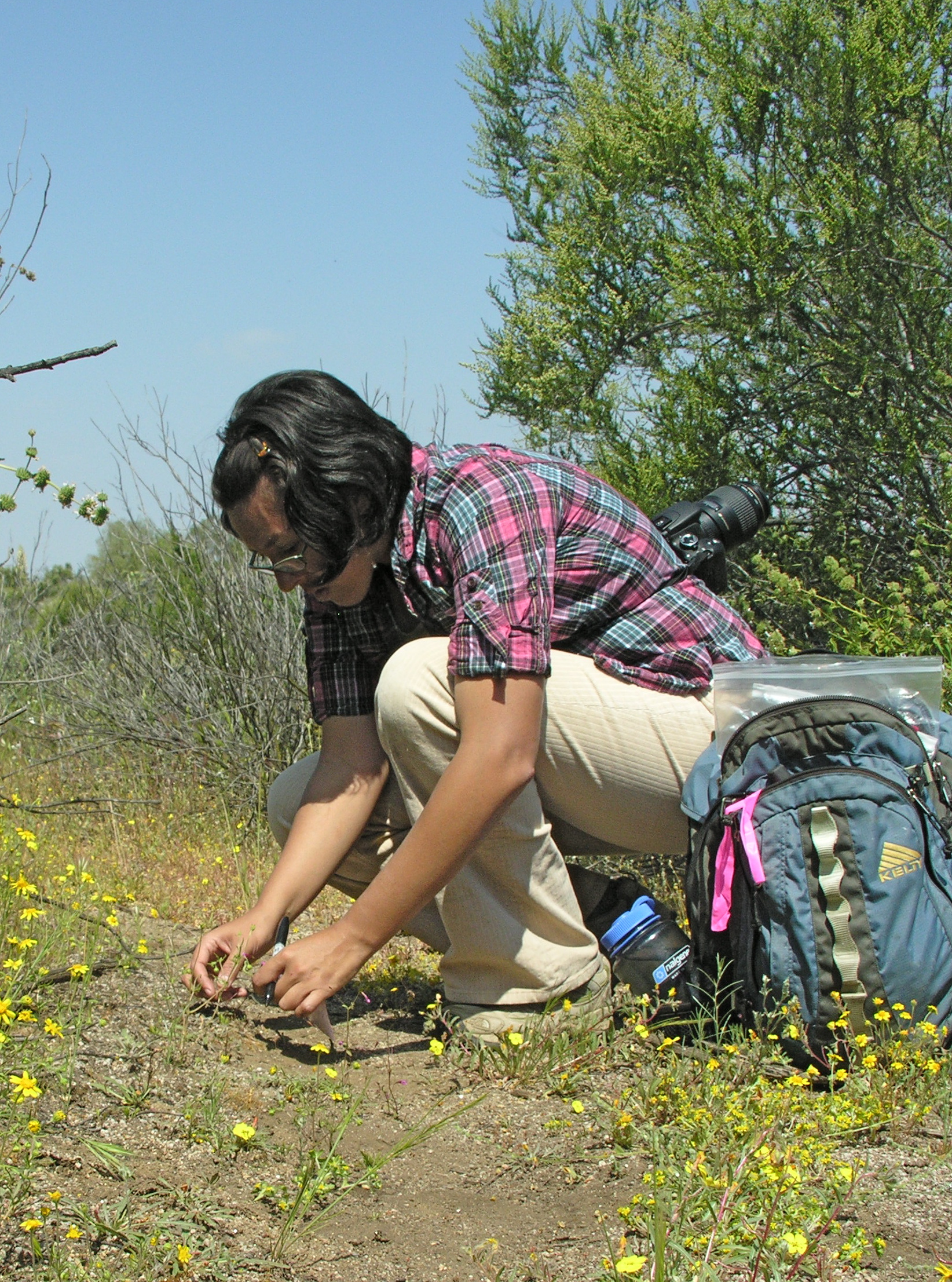
-
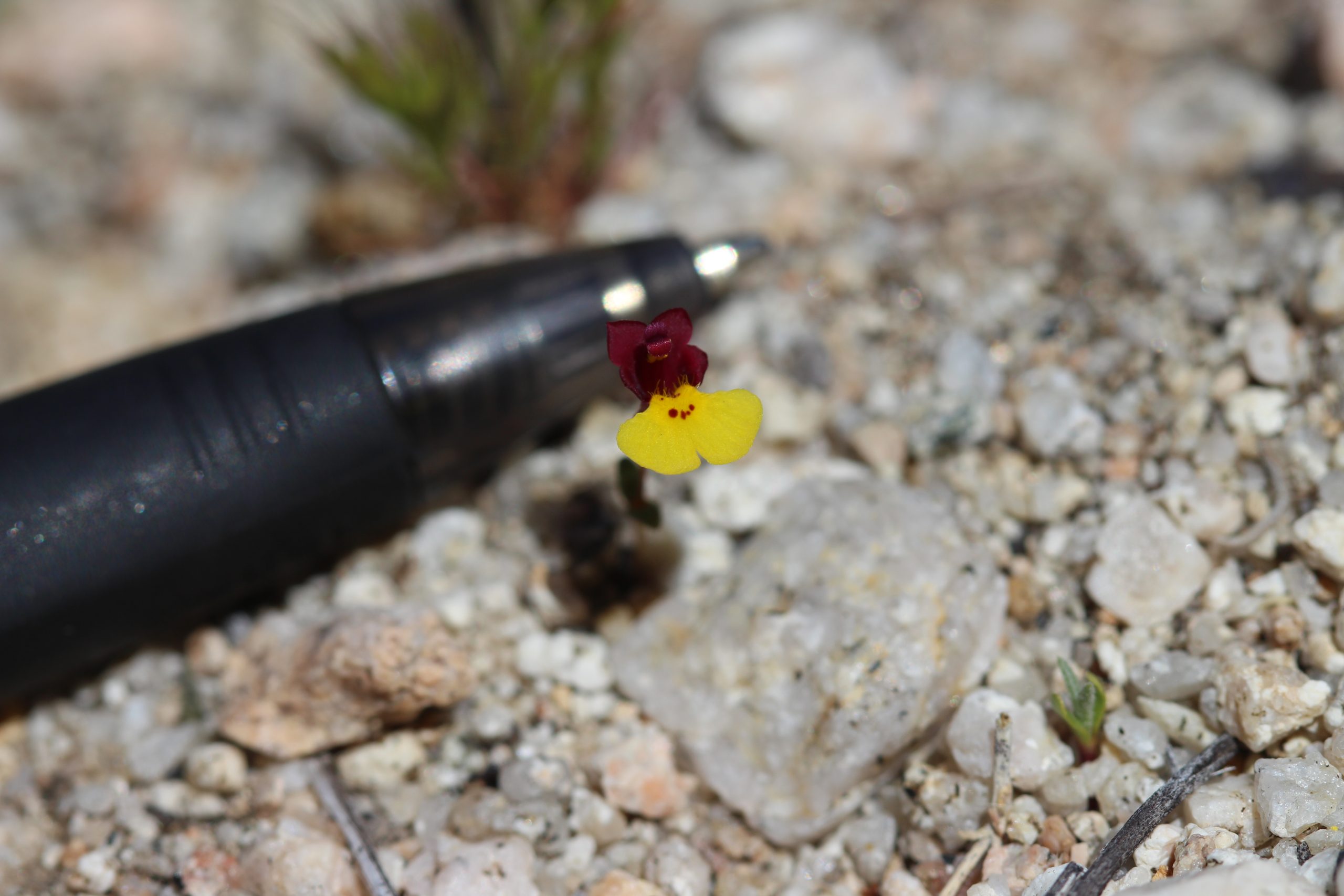
The inspiration for Naomi's dissertation work: the rare (and petite) Kelso Creek monkeyflower (Erythranthe shevockii). Photo by Naomi Fraga. -
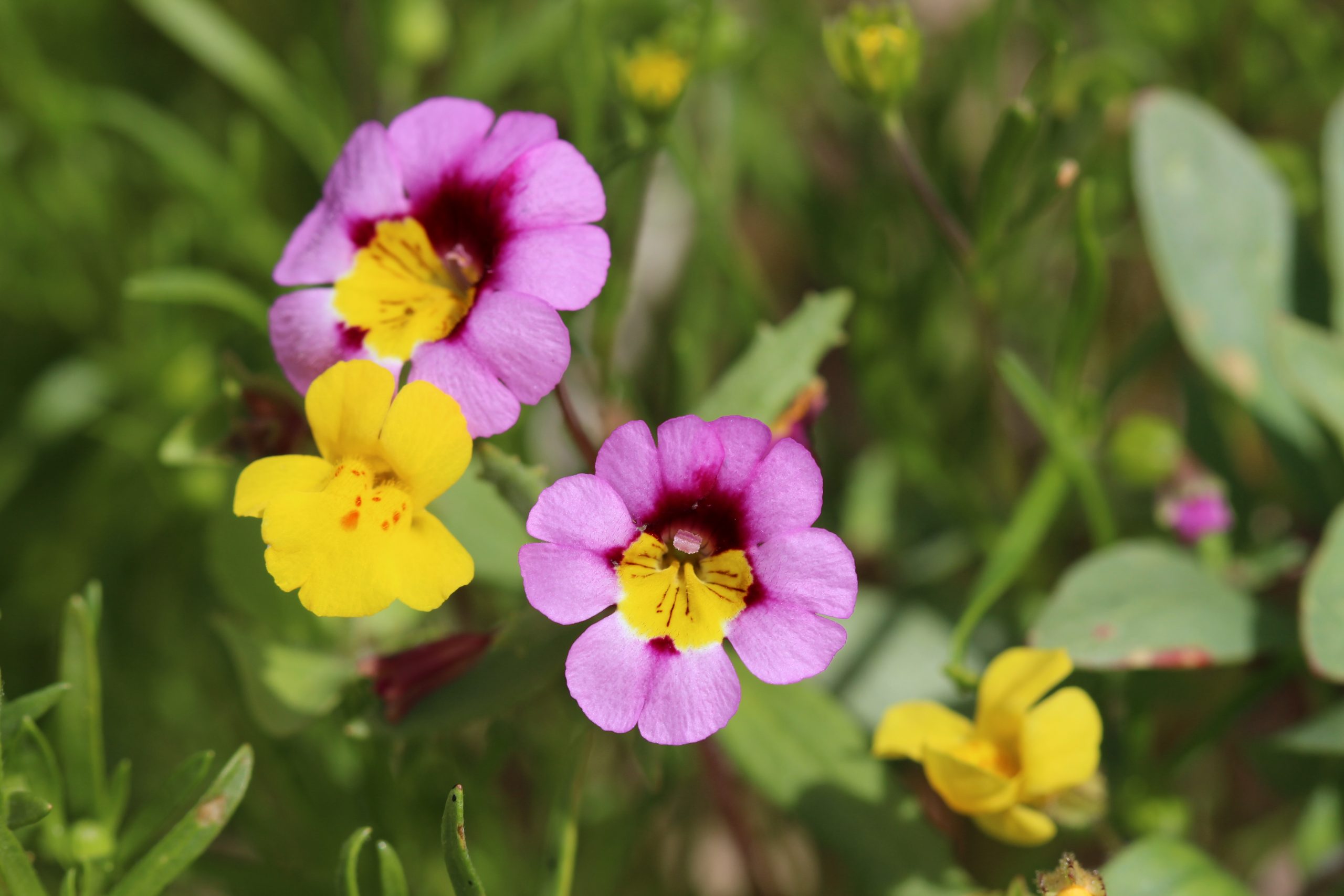
In Red Rock Canyon State Park, Red Rock Canyon monkey flower (Erythranthe rhodopetra) can be found with small-leaved monkey (E. microphylla). Photo by Naomi Fraga. -
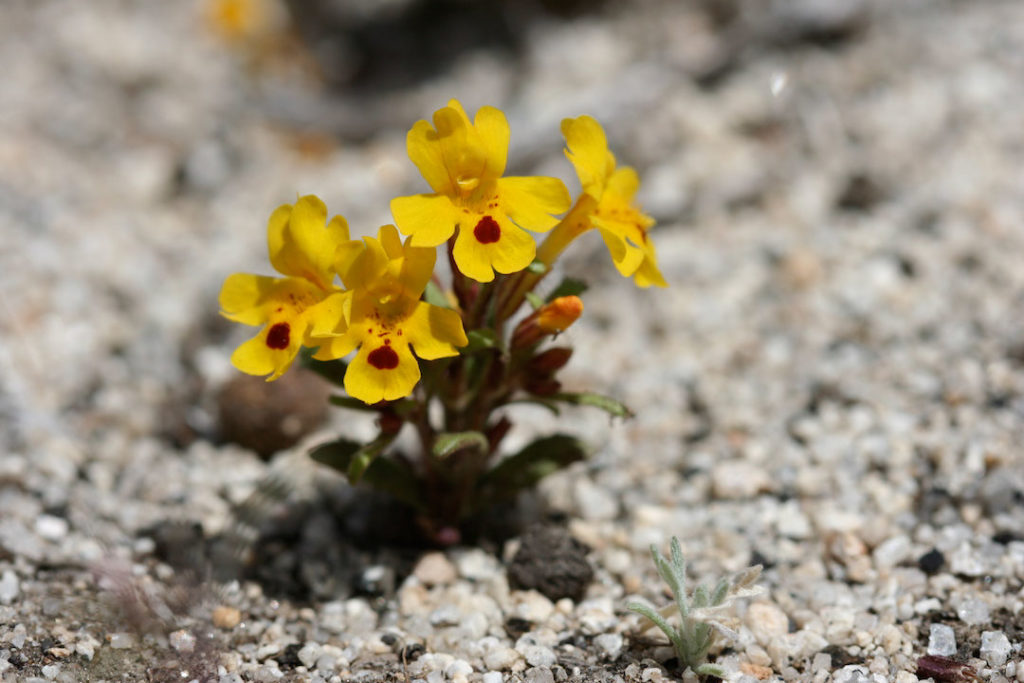
Image of Erythranthe carsonensis, photo by Naomi Fraga
Please tell me more about one of your current projects at California Botanic Garden.
For the past several years I have been dedicating a significant portion of my research time to studying the plants of the Amargosa River Basin in Inyo County, California, located in the northern Mojave Desert. This region is so special because, while it is one of the hottest and driest places on earth (Badwater Basin in Death Valley National Park is part of the watershed), it supports biological diversity through an extensive groundwater basin that surfaces at springs across the river basin. These springs create incredible wetland habitats that support numerous rare plants including the Amargosa niterwort and the Tecopa birdsbeak. I currently have funding from the USFWS and Bureau of Land Management to conduct rare plant studies and inventory the flora of the region.
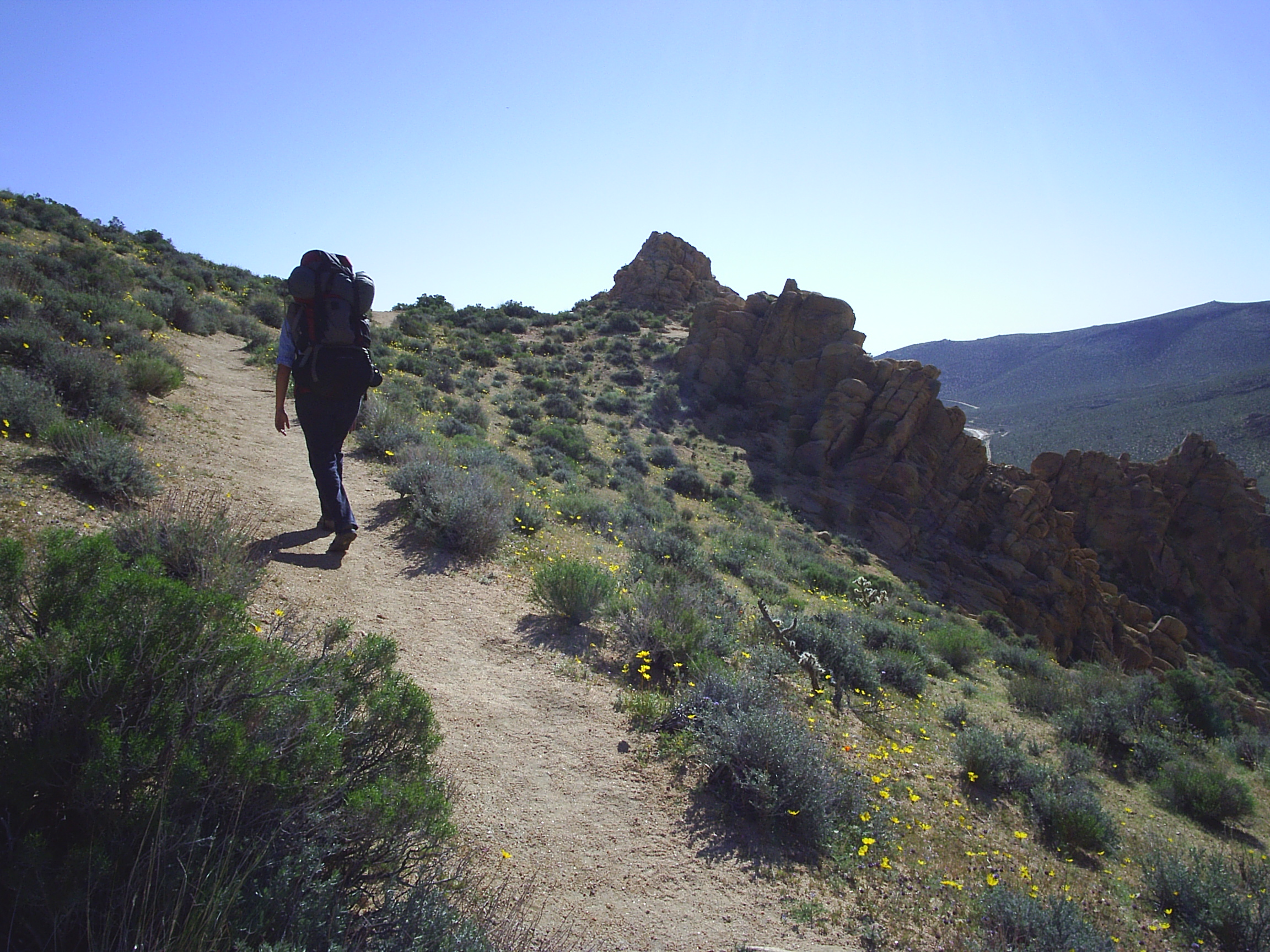
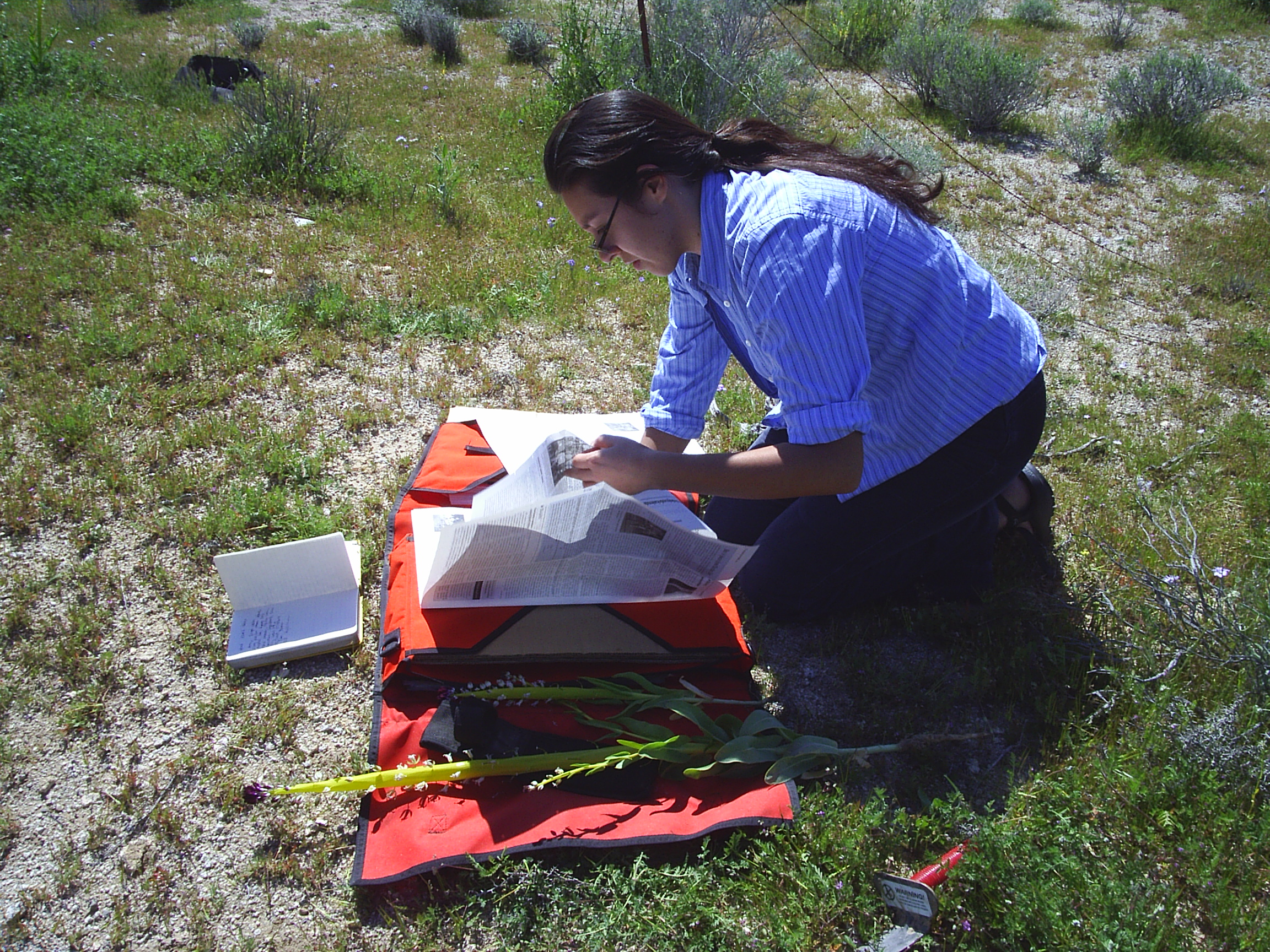
What emerging science (methods, approaches, discoveries) and/or trends in plant conservation excite you most?
I am really excited by new research to describe microbial communities such as the microbiome of soil or floral nectar. There is so much to learn about symbionts in plant communities. I am excited to learn more!
What advice would you give to the public who want to learn more about how they can help save imperiled plant species?
There are so many ways the public can support plant conservation, but I would like to mention two in particular that I think are very impactful. 1) Show up to the ballot box and vote for elected officials who support environment legislation including strong climate policy, public lands, and funding science. 2) Your monetary support of institutions like the Center for Plant Conservation and institutions in the CPC network goes a long way towards supporting plant conservation. Limited funding is a perennial problem and support of individual donors goes a long way to ensuring that this important work happens!
